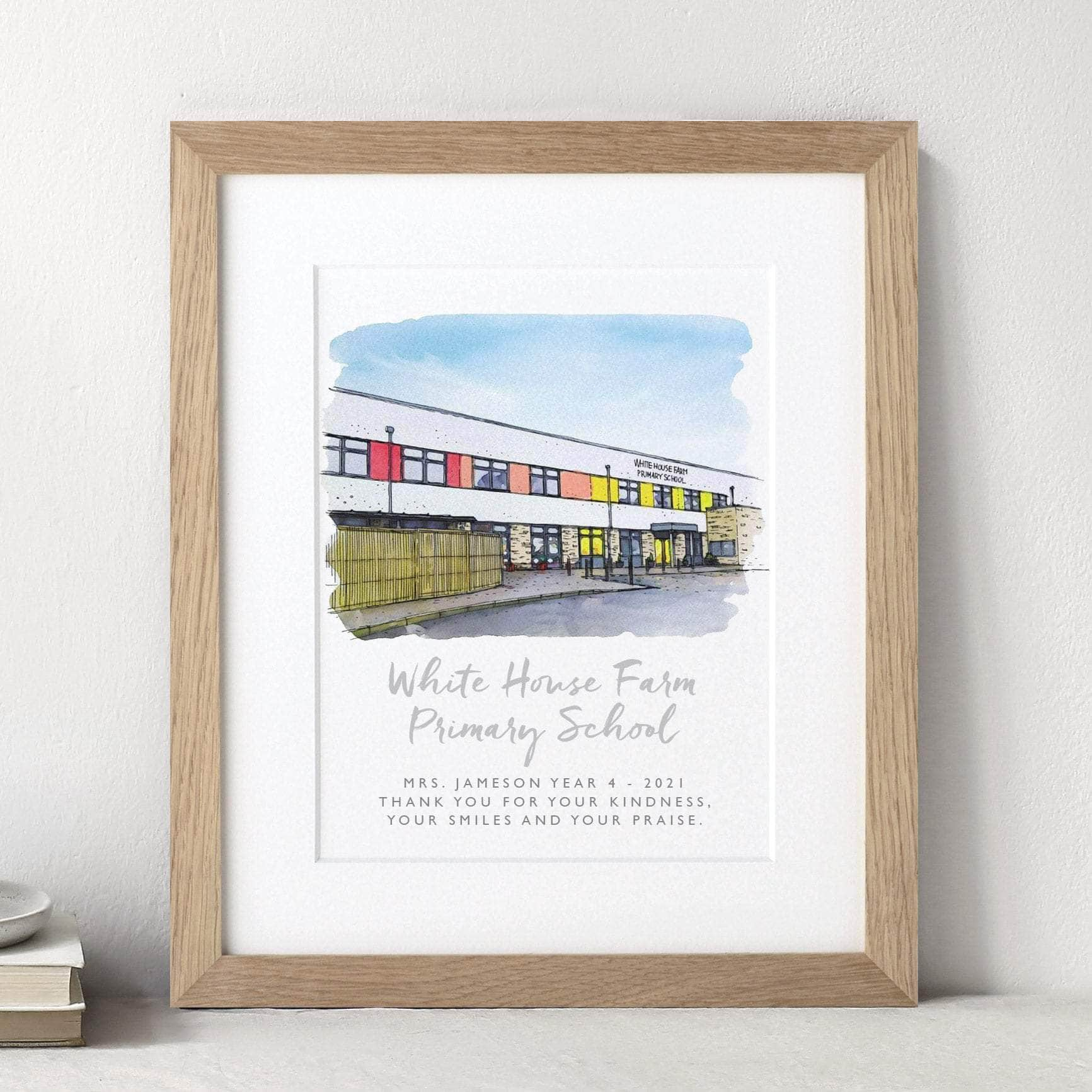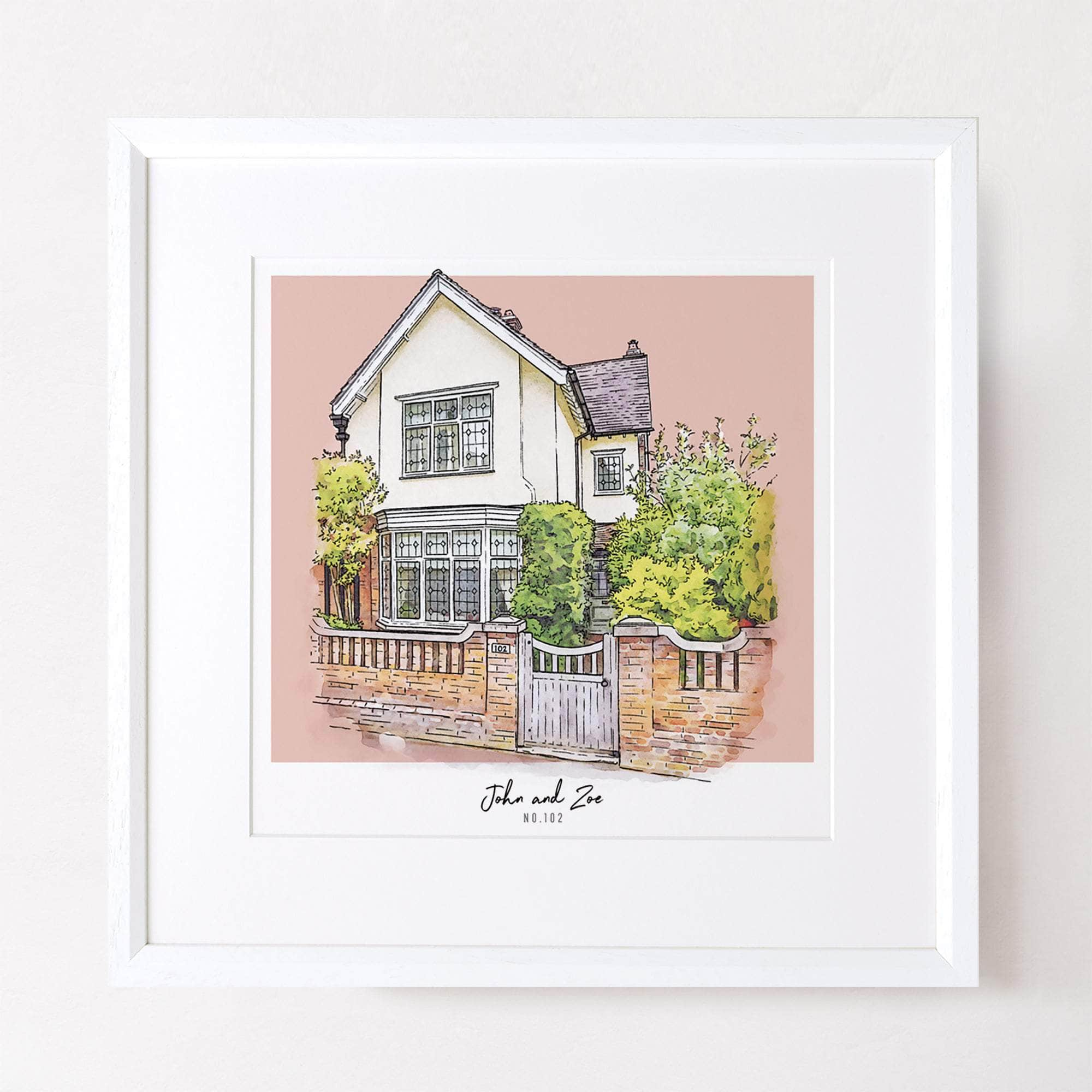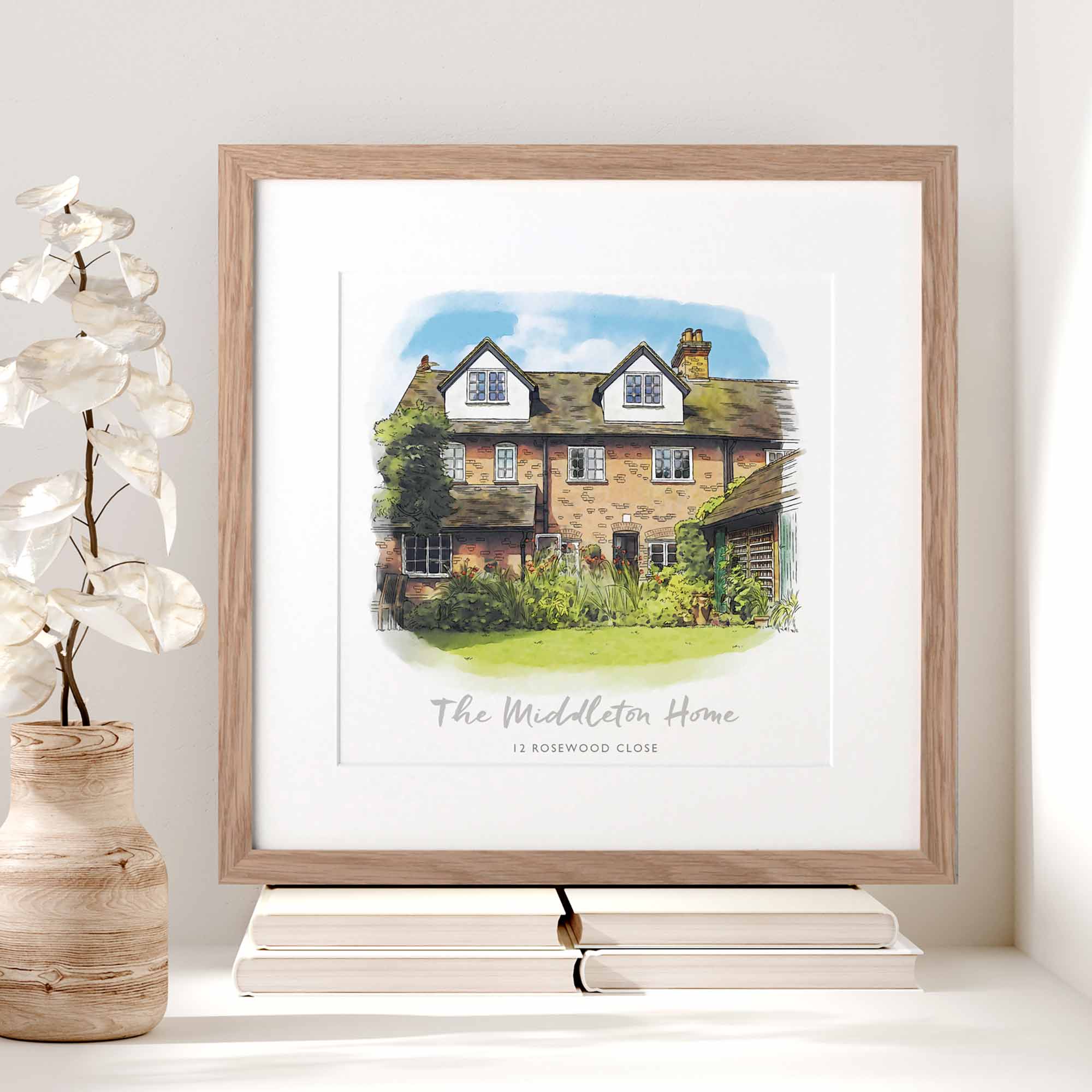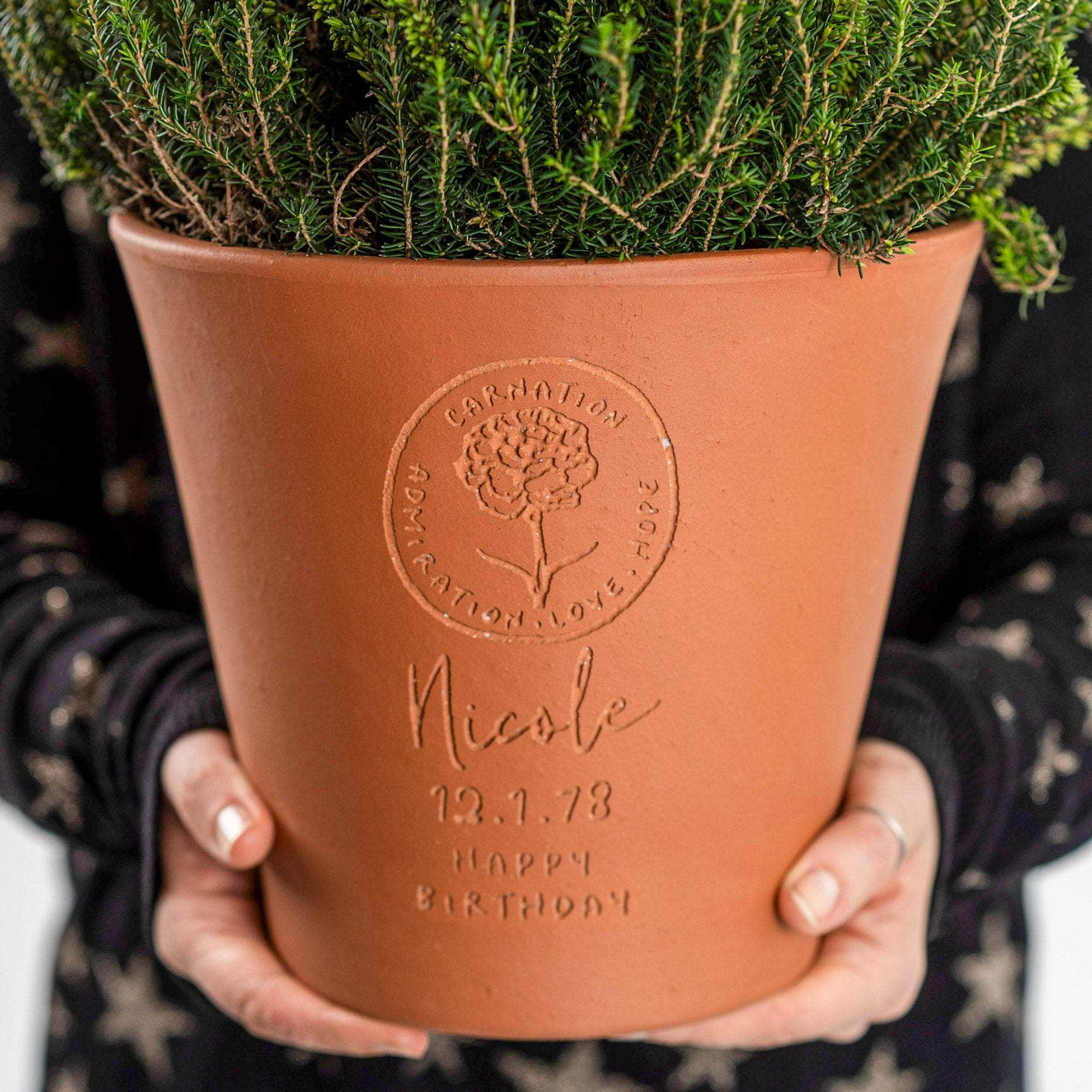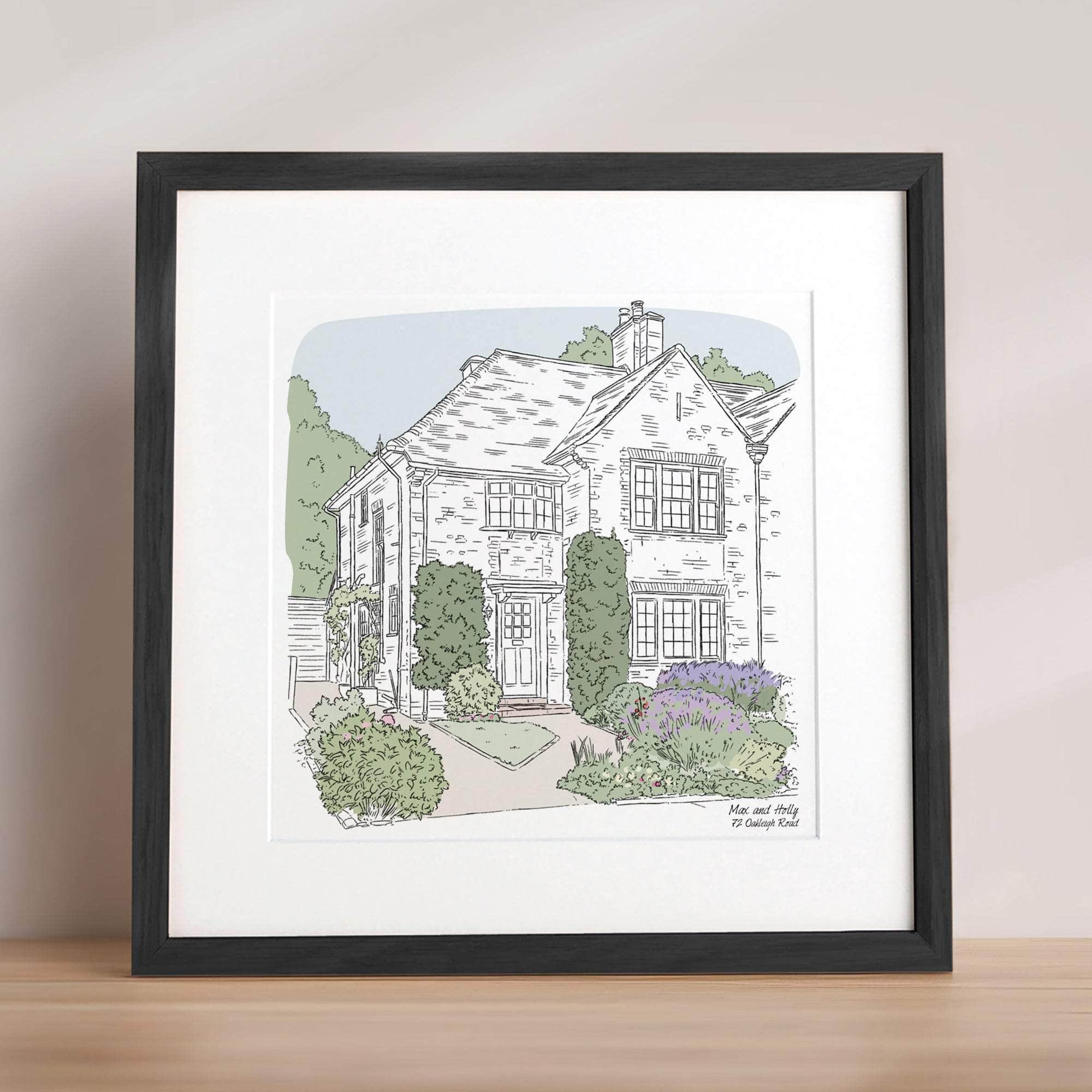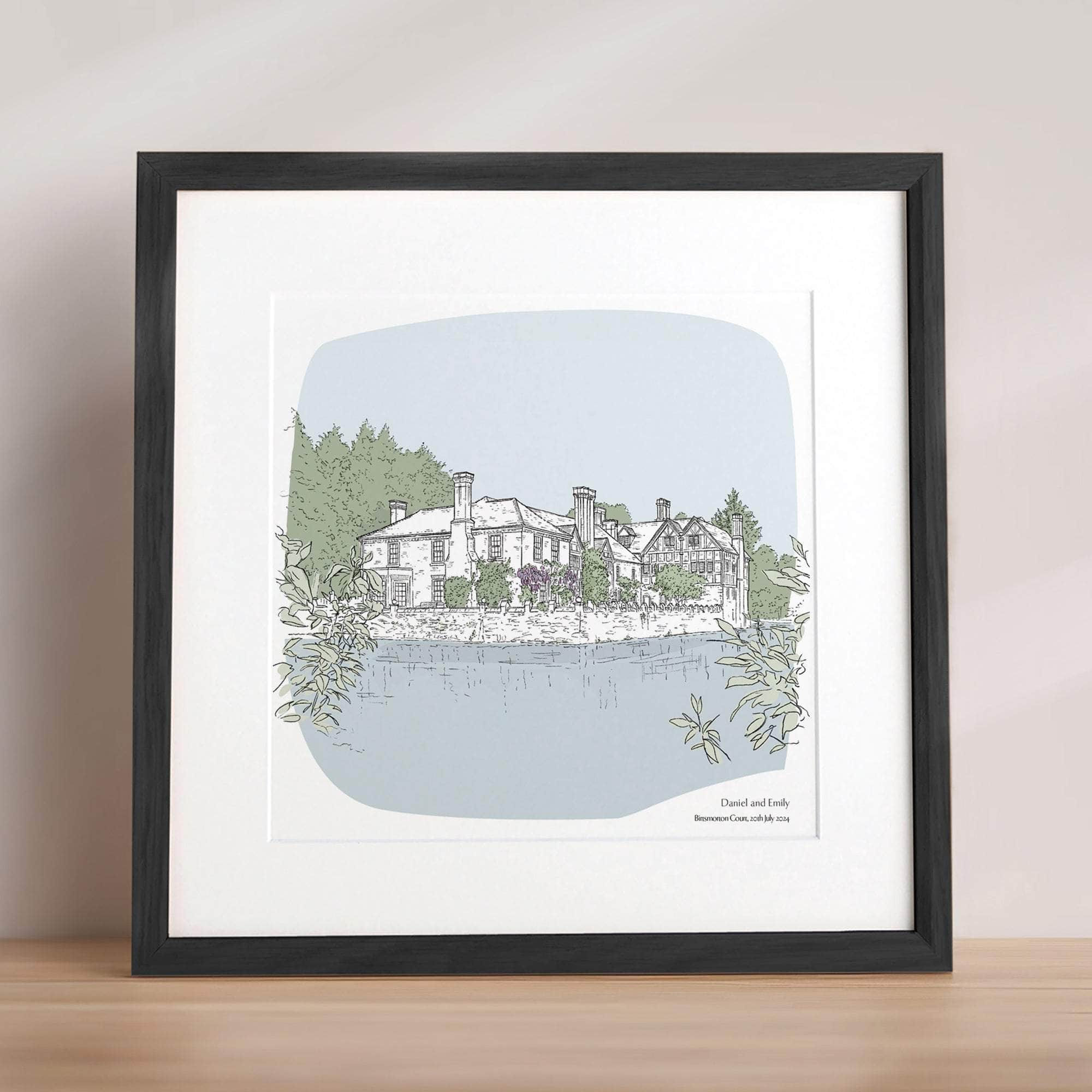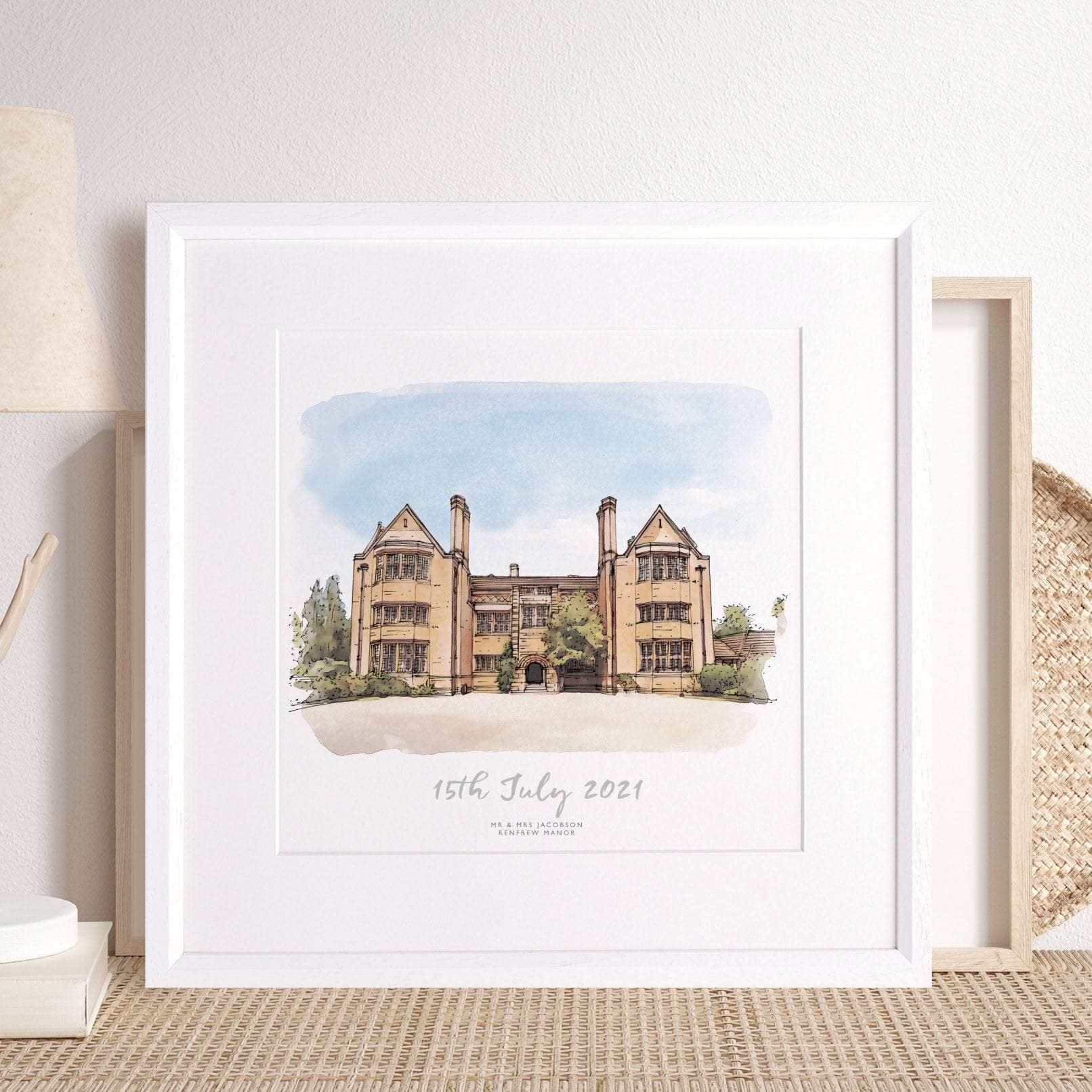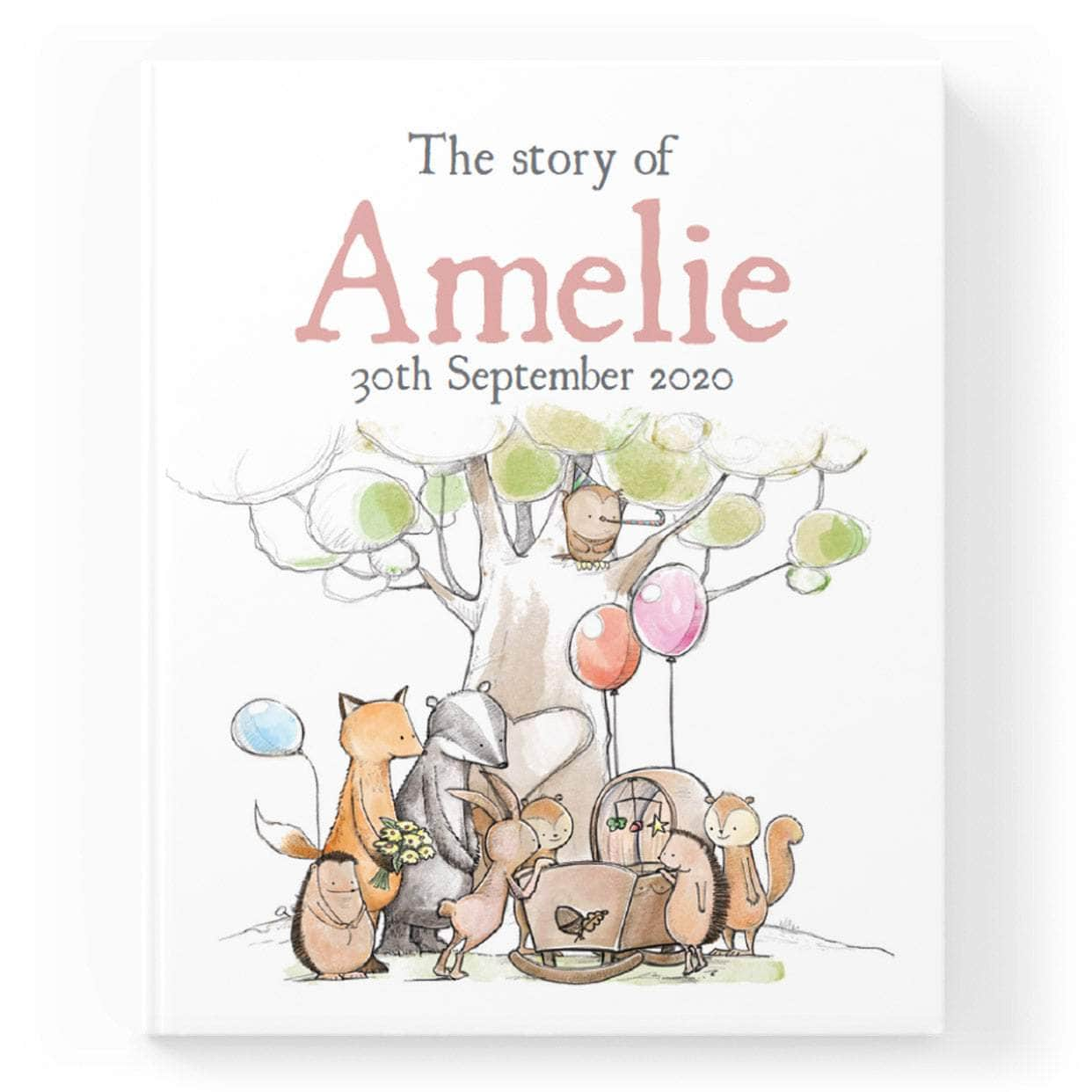Tales from the garden - January
Nestled in a valley among the rolling pastureland of North Devon, just up the road from Letterfest HQ is Marwood Gardens.
This magical and very special 20 acre private garden with its three lakes, woodland and meadows, was created by Dr Jimmy Smart in the late 1950's.
The garden has featured on many gardening TV shows over the years and is a renowned cultivator of magnolias and camellias.
Letterfest have teamed up with head-gardener Matthew Brewer to offer our subscribers an insight as to what's going on in the garden at Marwood month by month. Matt will offer some pointers on what you could be doing in your own garden as the seasons change and perhaps offer a little inspiration too. And if you're not a keen gardener or lack the space to flex green fingers, just kick off your shoes, pour a cup of tea and be transported to the peaceful surroundings of Marwood Gardens for a while.
November to mid-February, is an ideal time to look at tree work in the garden. With leaves removed, the branch structure of a tree can be better accessed and with most bulbs and herbaceous perennials lying dormant and protected under the ground, falling branches can do little damage. Conifers put on a new flush of growth in April and deciduous trees tend to lie dormant in the winter months, with sap only again beginning to rise from mid-February onwards. which makes it an ideal time to prune trees.

All the woody material that has resulted from this tree work, and there is a considerable amount, is then chipped and will be spread on our paths or allowed to rot down and used as a mulch on our flowerbeds.
Now is the time to cut back your herbaceous perennials if you have not done so already. Emerging hellebore flowers and early flowering bulbs look much better in a cleared bed than emerging from dead leaves. The focus of the cutting back has been the areas surrounding the garden entrance, tearoom and herbaceous borders. We have also recently redeveloped/replanted the herbaceous
borders, removing old and tired plantings, for new and fresh planting. The theme being blue, silver and white.
We have a new tool shed. One of our old and crumbling potting sheds has been repurposed, having its roof removed and a new roof fitted. Tools which have previously been languishing in our numerous garden buildings have been brought together in one place.
In addition to tree pruning, it is also time to prune Wisteria and Roses. This month our famous wisteria arch was pruned, in the hope of a good display come April. Pruning a camellia is a complicated task, planning forward into the future as well as the present. Dead, dying and diseased branches are removed and, last season’s growth needs to be pruned back to 3 or 4 buds (the flower buds) which will result in a framework of flowering spurs. If this was not enough some shoots need to be left to tie in for future flower.

Finally, with the Camellias beginning to come out into full flower, we are making a great effort to identify, label and photograph as many plants as possible. There is little point in having over 300 camellias If we don’t know what they are.
Tips for your Garden
- Continue to cut back herbaceous borders
- Tidy up glasshouse and poly-tunnels, remove any dead from plants, it is important to keep good plant hygiene and air movement to prevent against diseased such as mildew and botrytis.
- Pruning deciduous trees
- Formative pruning of summer flowering climbing plants.
Plant of the Month
welcoming visitors to the garden. It is a seedling raised by Dr James Smart the founder and Creator of Marwood Hill Gardens. It is one of many plants raised and selected by the Dr, and forms part of the newly formed Marwood National Collection. It has a long flower period throughout the month of February.
Matthew Brewer- Head Gardener
The best mother of the bride gifts she’ll cherish
Weddings come with chaos - and often, a mum who holds it all together. This guide explores thoughtful, lasting Mother of the Bride gifts that go beyond the cliché. Think hand-crafted illustrations, personalised mementos, and thank-you gifts with genuine emotional weight.
What to buy for a 1st wedding anniversary
The first anniversary deserves more than a card. Explore thoughtful paper gifts - like custom portraits and wedding venue art - that tell their unique love story.
7 thoughtful & personalised wedding gifts
Make your wedding gift unforgettable. Discover 7 unique and personalised presents that capture love, laughter, and their journey together - from custom portraits to meaningful keepsakes.






